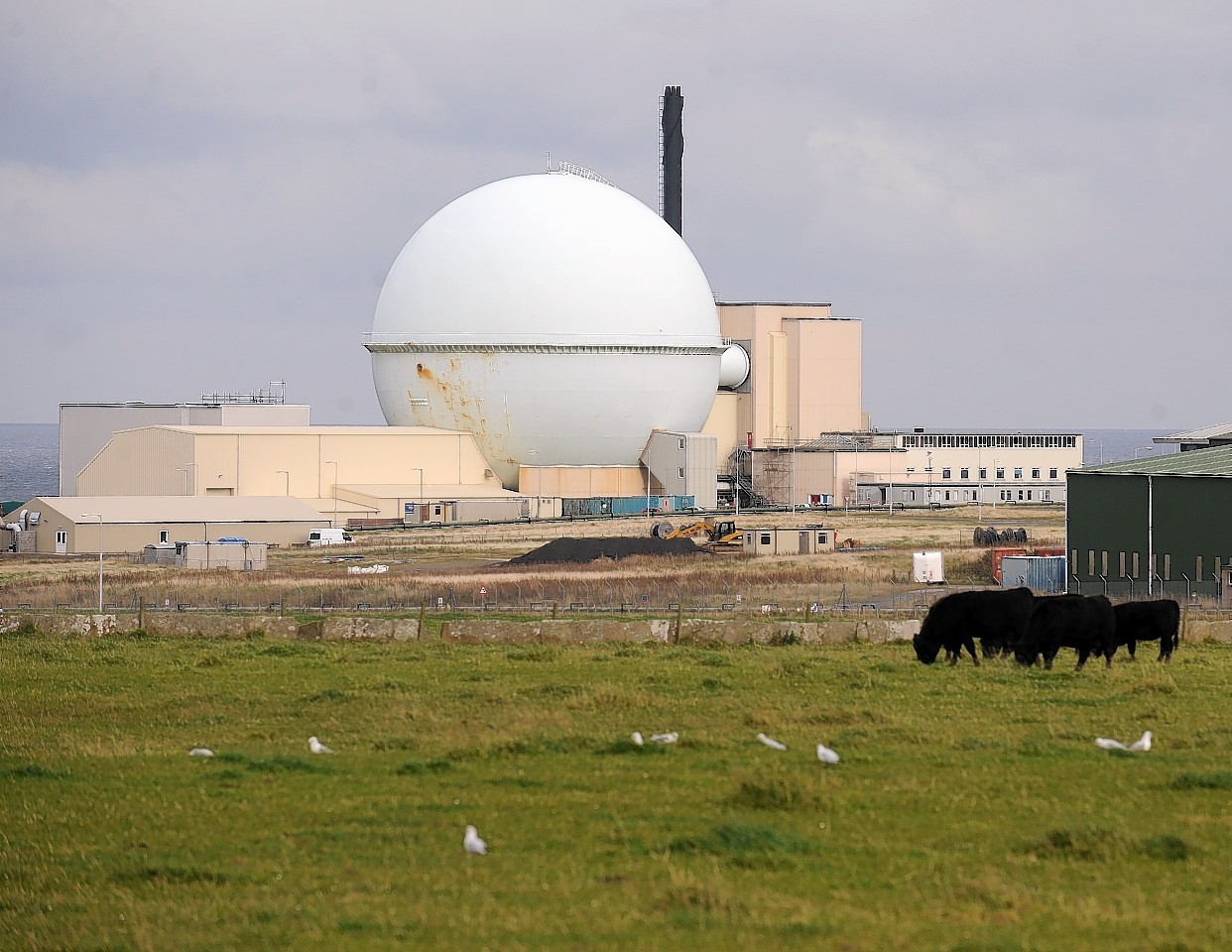The control room of a nuclear power plant has been dismantled and will be rebuilt in two national museums.
The historic nerve centre of one of the most iconic landmarks of the far north – the “golf ball” dome at Dounreay – will first go on show next year at the Science Museum in London and later at the National Museums of Scotland.
The Dounreay Fast Breeder Reactor (DFR) has been a feature of the Caithness coast for almost 60 years.
The Nuclear Decommissioning Authority has recommended that the DFR be decontaminated by 2022 so it can then be demolished.
Historic Scotland had considered listing the building so it would be conserved.
Now as part of a rare joint acquisition, DFR’s control room is being donated to both National Museums Scotland and the Science Museum in London.
DFR went critical in November 1959 and operated until its shutdown in March 1977.
The experimental fast breeder reactor at Dounreay led British research and development of nuclear energy during the 1950s and 1960s.
Housed inside a steel sphere, it was built between 1955 and 1958, and became the first fast reactor in the world to provide electricity to a national grid in 1962.
The operators controlled the reactor systems from a room adjacent to the sphere.
It contained an operator’s desk and 14 panels along three sides of the room.
The wall panels were dismantled and the control desk was cut into three sections in order to get it out of the building and placed inside a container.
James Gunn, Dounreay Site Restoration Ltd’s heritage officer, said: “The Science Museum and National Museums Scotland receive over 5.6 million visitors every year and the sharing of our unique industrial heritage with museums world renowned for their historic collections and exhibitions is a fantastic opportunity for Dounreay.”
In 2007, DSRL released the results of public consultation on future uses for the dome.
Suggestions included turning it into a hotel, museum and even a nightclub.
However, because the structure is contaminated with low levels of radioactivity and due to high maintenance costs, it was decided to demolish it.
Dounreay is being decommissioned and cleaned up at a cost of £1.6billion.
